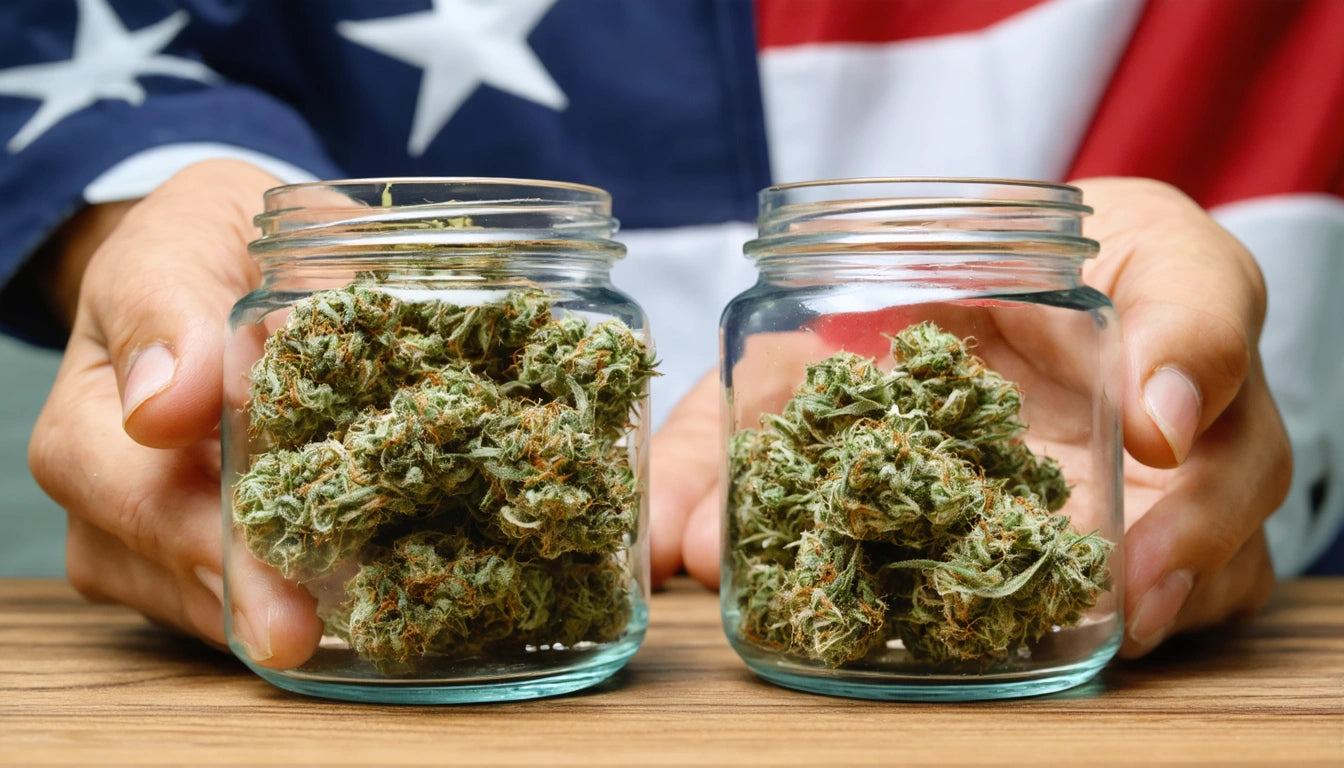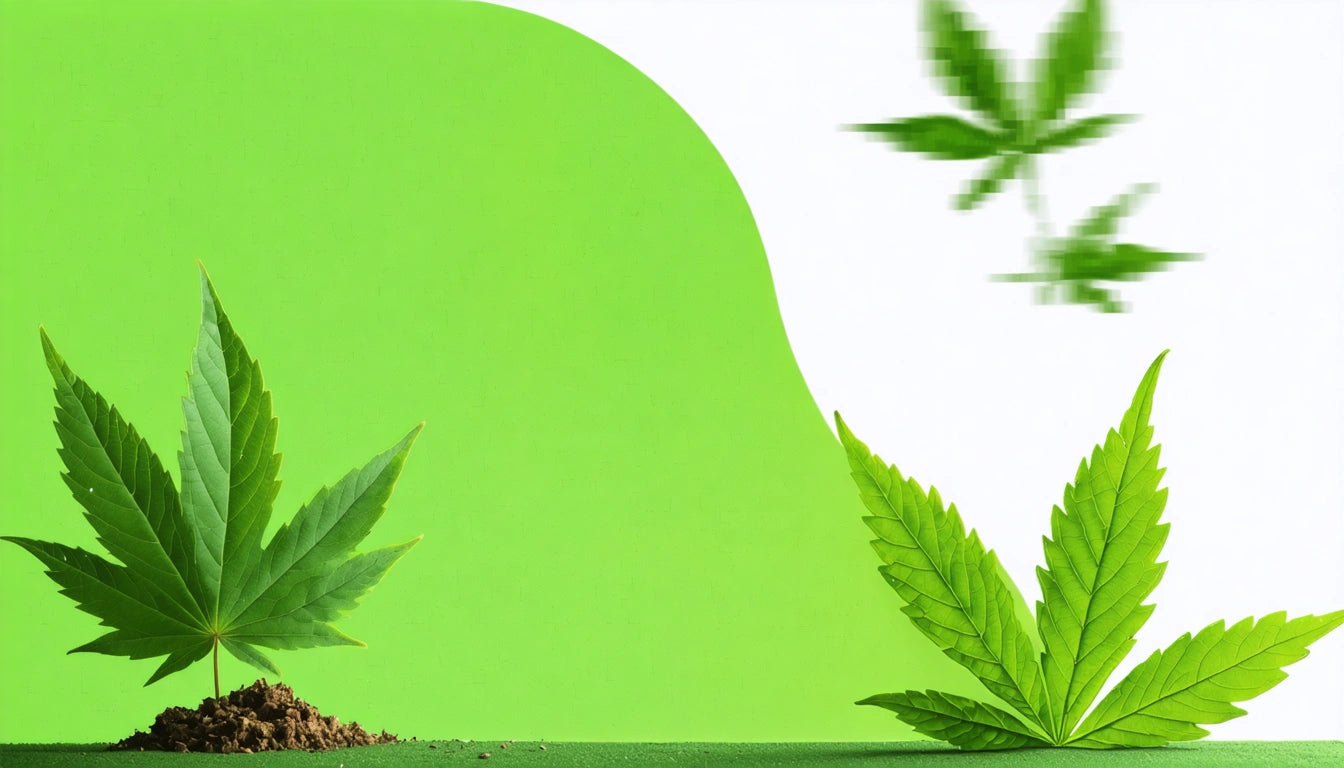Table of Contents
Understanding the Differences Between Medical and Recreational Marijuana
The cannabis landscape has evolved dramatically over the past decade, with many states now offering both medical and recreational marijuana programs. While both originate from the same plant, medical vs recreational weed differ significantly in regulation, access, potency, and intended use. Understanding these distinctions helps consumers make informed decisions about which path best suits their needs.
Legal and Regulatory Differences
Medical marijuana programs preceded recreational legalization in most states, creating two parallel regulatory frameworks. Medical programs typically feature:
- Stricter quality control standards
- Different possession limits (often higher than recreational)
- Greater legal protections for patients
- Physician oversight requirements
Meanwhile, recreational marijuana operates under regulations focused on responsible adult use, with emphasis on preventing underage access and ensuring public safety. Currently, 38 states have legalized medical marijuana while only 23 have approved recreational use, as outlined in this state-by-state overview.
Access Requirements and Patient Qualifications
The most fundamental difference between medical marijuana and recreational marijuana lies in who can access it and how. Medical programs require:
- Physician recommendation or certification
- Qualifying medical condition diagnosis
- Registration with state medical marijuana program
- Medical marijuana card issuance
Each state maintains its own list of qualifying conditions for medical marijuana, typically including chronic pain, epilepsy, PTSD, cancer, and other serious ailments. The process for obtaining a medical marijuana license involves multiple steps and regular renewals.
In contrast, recreational marijuana requires only age verification (typically 21+), with no medical justification necessary.
Potency and Product Variations
When comparing medical vs recreational potency, medical products often feature:
- Higher allowable THC concentrations
- More precise dosing information
- Greater CBD-to-THC ratio options
- Specialized formulations for specific conditions
Medical dispensaries typically stock products designed to address particular symptoms, while recreational stores may focus more on experience-oriented products. The therapeutic benefits of medical marijuana drive product development in ways that differ from recreational market demands.
Taxation and Cost Differences
The financial aspects of medical vs recreational weed create significant cost disparities:
- Medical marijuana is exempt from recreational excise taxes in many states
- Medical programs may have lower sales tax rates or tax exemptions
- Patient registration fees offset some tax savings
- Insurance coverage remains extremely limited for both
These tax differences can result in 15-25% lower costs for medical patients compared to recreational consumers purchasing identical products. However, the initial and renewal costs of medical marijuana cards must be factored into the overall value equation.
Packaging and Labeling Requirements
Both medical and recreational products must meet strict packaging standards, but with important distinctions. All cannabis products require tamper-evident and child-resistant packaging solutions to prevent accidental ingestion by children, similar to regulations for prescription medications and household chemicals.
Medical packaging typically includes:
- More detailed dosing instructions
- Comprehensive cannabinoid profiles
- Patient-specific information
- Medical disclaimers and warnings
Recreational packaging emphasizes:
- Brand identity and marketing elements
- Required warning symbols and text
- THC content prominently displayed
- State-mandated tracking information
These packaging differences reflect the distinct regulatory approaches and consumer needs of each market segment.
The Future of Medical and Recreational Convergence
As the cannabis industry matures, the lines between medical and recreational marijuana continue to blur. Several trends suggest potential convergence:
- Recreational consumers increasingly seek products for wellness purposes
- Medical programs adopting recreational product innovations
- Standardization of testing requirements across both markets
- Research advancing our understanding of therapeutic applications
Despite these trends, medical marijuana programs continue to serve a crucial role for patients with serious conditions who benefit from physician oversight, specialized formulations, and the legal protections afforded to medical users. The benefits and costs of medical marijuana programs will likely ensure their continuation alongside recreational markets.
Understanding the difference between medical and recreational weed helps consumers navigate the complex cannabis landscape and make choices aligned with their specific needs, whether therapeutic or recreational. As regulations evolve and research advances, both markets will continue to develop in response to consumer demands and scientific discoveries.











Leave a comment
All comments are moderated before being published.
This site is protected by hCaptcha and the hCaptcha Privacy Policy and Terms of Service apply.